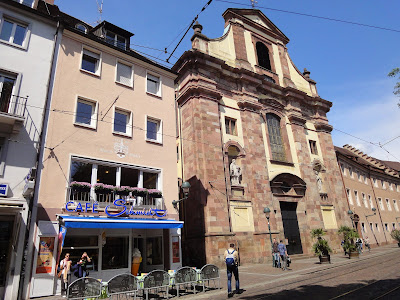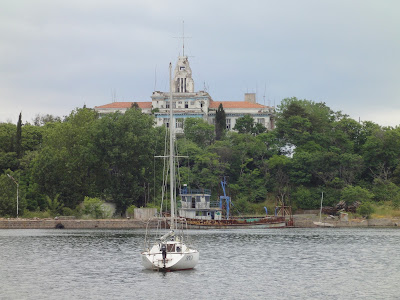Of all the historic regions of Germany, the district traditionally known as Kaiserstuhl, a beautiful wine-growing valley tucked away between the east bank of the River Rhine and the western fringe of the Black Forest, is considered by many food critics as the culinary capital of Germany.
In this part of Germany, food and wine are taken very seriously, and people in general pay far more attention to the quality and taste of their food, as well as how and where foodstuff are produced and farmed. Organic farming is not a new concept in this part of Germany at all; when I was a student at the University of Freiburg throughout the 1990s, the local population was already very much into 'Bio-produkte' - namely foodstuffs produced by organic farming methods. Anything that has been certified by relevant authorities to be a genuine produce of an organic farm in Germany can fetch a far better price than products produced on a conventional basis.
When it comes to local specialities, the first thing that comes to mind is the well-known Black Forest Ham (Schwarzwälder Schinken), which is a smoked ham produced in the Black Forest region of southern Germany. The ham was first salted and seasoned with various spices, then left to cure for several weeks before being cold smoked in room temperature with the smoke created by burning a mixture of fir and sawdust, a process which lends the ham its beautiful deep red colour and its smoky flavour.





































